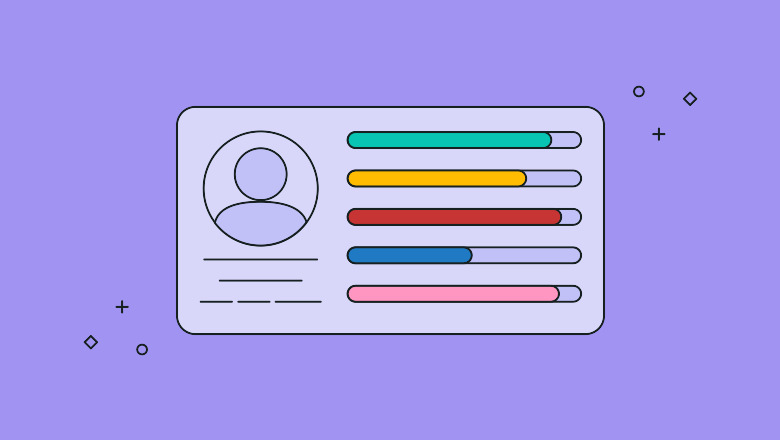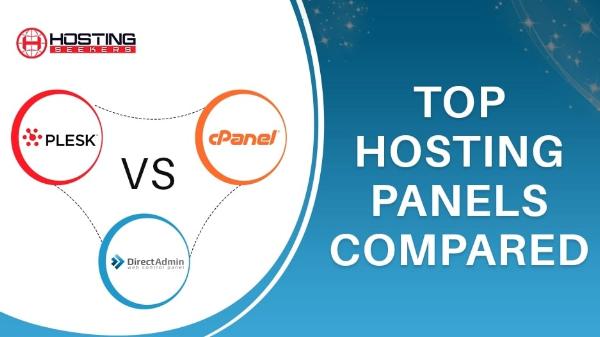The great content marketer Ann Handley advocates for making your customer, rather than your company, the hero of your brand story. It can be difficult to create a compelling heroic arc, though, if you don’t understand who your customers are. Getting that part right is as critical to a good brand story as it is to your favorite novel or TV show.
To create an effective marketing, sales or social media strategy, you must first have a clear idea of who is consuming your content and why. In this guide, we’ll show you how to better understand your target audience by creating buyer personas built on social media data.
What is a buyer persona?
A buyer persona (sometimes referred to as a customer persona, target persona, audience persona or marketing persona) is a fictionalized profile of your target customer. This internal document is used by marketing, sales and product teams to ensure their messages and activities are tailored to the people they want to reach. The information recorded for each buyer persona will vary depending on the brand but often include things like the channels they frequent, their motivations, their pain points, as well as demographic information like age, gender and location.
Most brands develop many personas to stand in for the various people who participate in the buying cycle for their particular product or service. The number you need will depend on the complexity of your brand’s offerings as well as the heterogeneity of your audience base.
Why are buyer personas important?
Buyer personas are important to brands and social media marketers because they act as a guide to understanding the voice of their customers. When built on diligent market research, they can be helpful in a variety of circumstances in and beyond marketing, offering critical audience insights. This information can then be used to shape everything from campaign creative to new product development.
Create for one person, not for many.
But what does that look like?
❌It does NOT mean cookie-cutter buyer persona profiling.✅It DOES mean talking to your best customers, understanding their goals, and creating content on how your product helps build a bridge from A to B.
— Michaela Mendes (@michthemarketer) November 9, 2021














